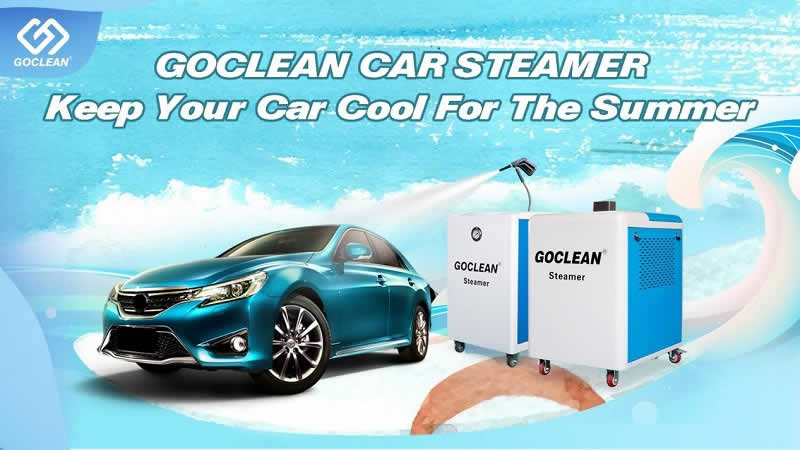3 points about car wash
Your car comes into contact with a lot of debris: dirt, bugs, bird droppings, salt and grime. If left untreated, these deposits could eventually eat away at the finish and paint, damaging the metal beneath. A run through the car wash will eliminate these deposits.
1. When should the vehicle be cleaned?
The correct car wash cycle is usually once a week. For dust and more areas, the car wash cycle can be shortened appropriately.
If it does not rain for a long time, or if the air quality is very bad, it is necessary to clean the vehicle after the rain to avoid corrosion of corrosive substances such as acid rain. In addition, dead insects, bird droppings, and chemicals from the air produce acid, which removes wax and eventually immerses the paint and damages the vehicle.

2. How to dry the vehicle?
Many people wash their cars and use the air to dry naturally. In fact, this will leave water marks caused by minerals in hard water. In addition, do not use a rough towel or other materials to dry it to prevent silky scratches.
When drying the vehicle with a soft towel, prepare a number of pieces, and use different towels to dry the different parts to prevent the wheel, engine parts of the gravel, or metal scraps from scraping the body paint.
3. What are the essentials for the car wash?
(1) Don’t wash the car when the body is hot, such as just driving or being sunburned. Heat will speed up the drying process of cleaning product and water, making washing more difficult and possible spotting.
(2) Do not wash with a sponge. Sponge ring washing will result in shallow, invisible scratches. The sponge should be moved longitudinally along the hood and other body panels. If the sponge falls to the ground and has not been thoroughly cleaned, it can no longer be used. Because the sponge may be stained with dirt particles, it will leave scratches on the paint.




Leave A Comment
You must be logged in to post a comment.